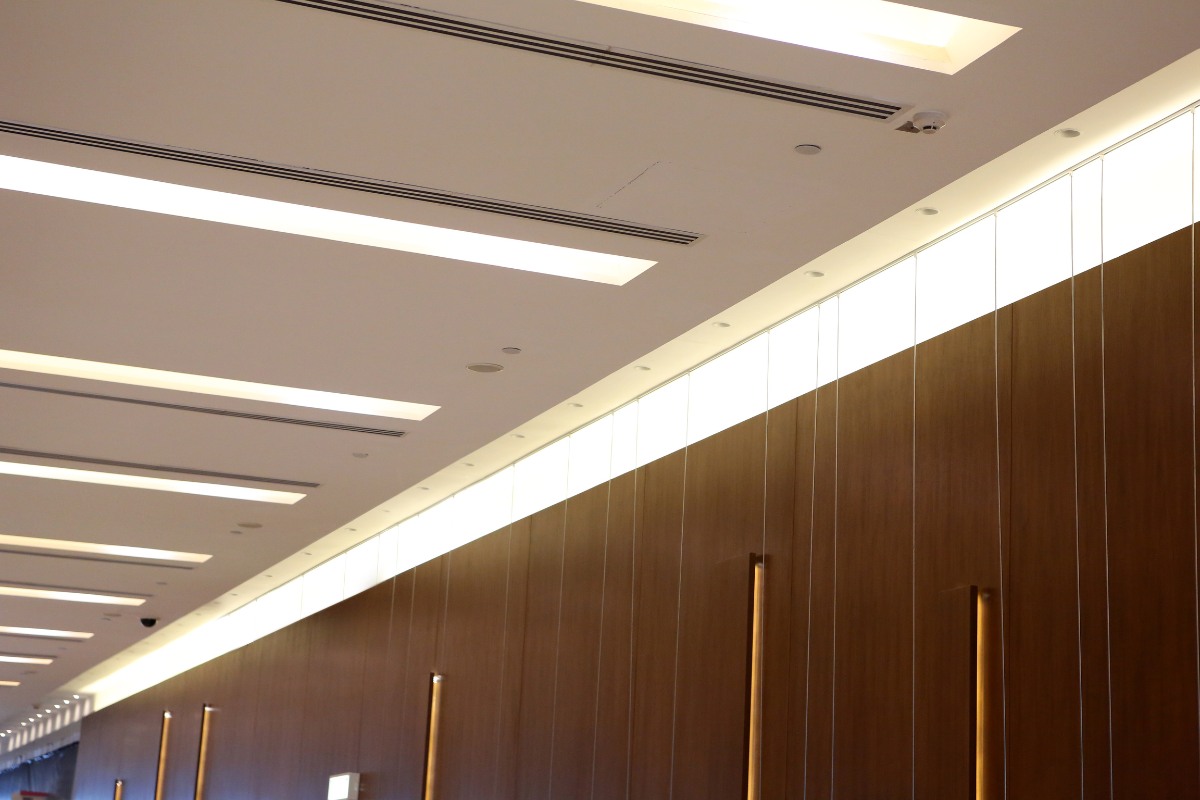LED lights consume far less energy than conventional bulbs. If you are striving for greater energy efficiency, then it is time to start using sensor technology. There are many kinds of sensors on the market today, and they all serve one very important purpose: making lighting more efficient. Every time you forget to switch a light off, energy is wasted. While it may seem like small amounts, eventually all this adds up. If you look at how much money and energy you could have saved in the past few years, you would be amazed.
The Ultimate Combination: LED and Sensors
The ultimate combination of energy-saving technology is LED and sensors. The following are some of the most widely used sensors on the market today.
Light Sensors
Do you keep your lights on all night? If you have an office or maybe an outdoor fixture, then the chances are that you leave the lights on at night and switch them off when you wake up in the morning. Unless you wake up early, you will most likely end up wasting a lot of energy. The solution is a light sensor that automatically shuts down the lights when it detects natural light.
Motion Sensors
These sensors switch the lights on/off depending on the motion in the room. If it detects someone entering a room, it will activate the lights, and if it detects an empty room, it will automatically turn the lights off. This is particularly useful in areas like hallways and bathrooms where lights are often left on unintentionally.
Light Dimmers
Sometimes you need multiple rooms lit at night, but you may not need the same level of light in each area. For instance, while everyone is in the kitchen eating dinner, the lights in the living room go unused but do not warrant being switched off. The solution could be the use of a light dimmer, which dims the lights when no one is in the room. This not only saves energy but also extends the life of your bulbs.
Occupancy Sensors
Occupancy sensors are a step beyond motion sensors. They not only detect motion but also monitor the presence of people in a room. This ensures that lights remain on as long as someone is present and turn off shortly after the room is vacated. These are ideal for offices and conference rooms where meetings can last for varying lengths of time.
Get Inspired by Rayzeek Motion Sensor Portfolios.
Doesn't find what you want? Don't worry. There are always alternate ways to solve your problems. Maybe one of our portfolios can help.
Daylight Harvesting Sensors
Daylight harvesting sensors adjust the artificial lighting based on the amount of natural light available. This means that on a bright, sunny day, the lights will dim or turn off, saving even more energy. These sensors are perfect for spaces with large windows or skylights.
Looking For Motion-Activated Energy-Saving Solutions?
Contact us for complete PIR motion sensors, motion-activated energy-saving products, motion sensor switches, and Occupancy/Vacancy commercial solutions.
Benefits of Combining LED with Sensor Technology
Combining LED lights with sensor technology offers numerous benefits. Not only do you save on energy costs, but you also reduce your carbon footprint. Additionally, the convenience of automated lighting systems means you have one less thing to worry about in your daily routine.
Conclusion
Incorporating LED lights and sensor technology into your home or office is a smart move for anyone looking to save energy and reduce costs. With a variety of sensors available, you can find the perfect solution to fit your needs. Start making the switch today and see the difference it can make.









